Humans haven’t been the best inhabitants of Earth. For all our discoveries and innovations over the last millions of years, we’ve also landed ourselves in a conundrum, threatening our own fate.
Investments in renewable energy are higher than ever but global temperatures reach record-breaking numbers. Countries keep on signing well-intentioned pledges but where’s the resulting action? The climate and biodiversity crises continue to worsen.
In this web of challenges, ecological restoration is crucial for securing a greener future.
This post wanders a bit deeper into the forking paths of reforestation and rewilding, including the pros and cons of each approach.
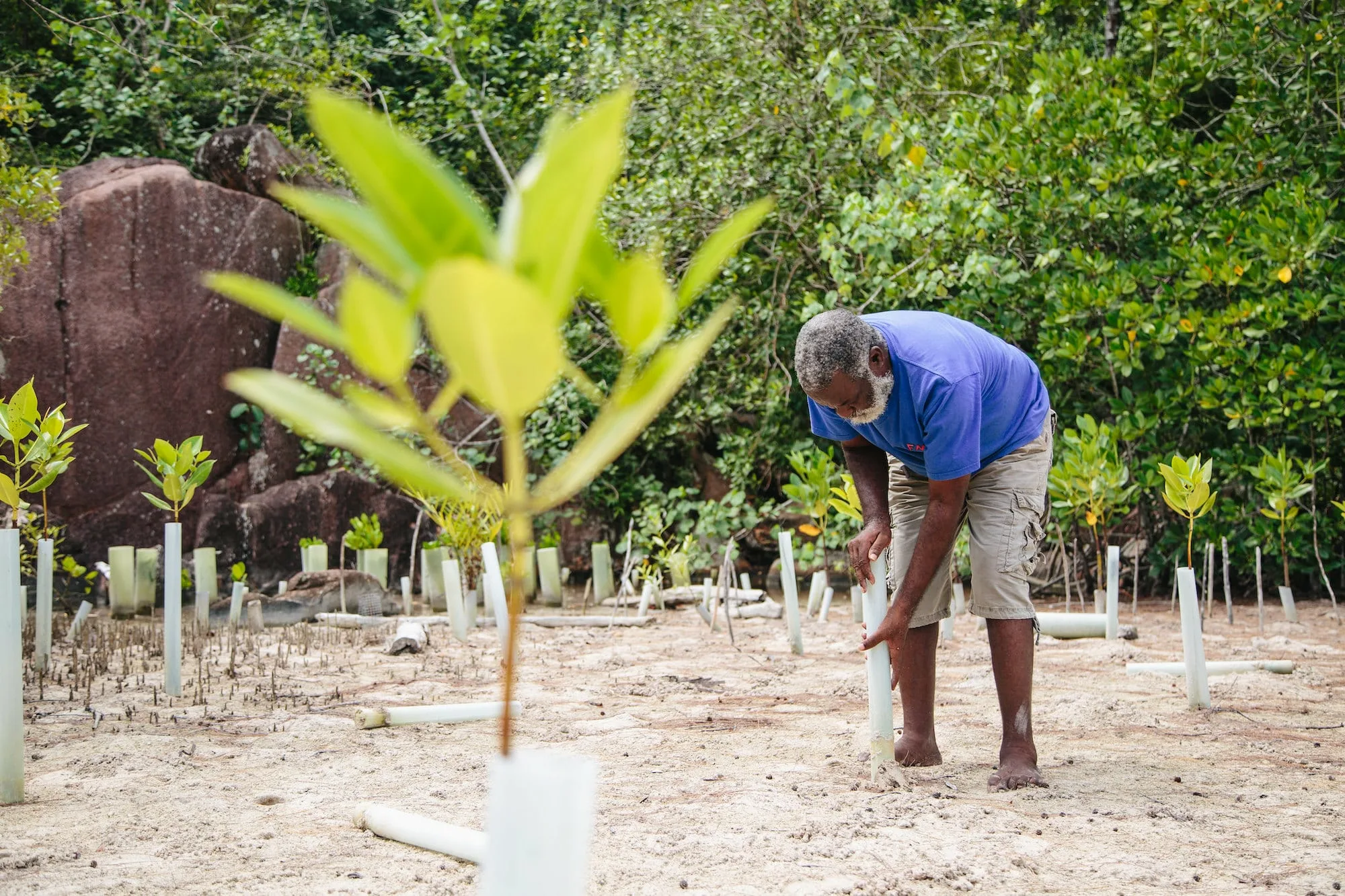
Understanding the basics
Both methods aim to improve the state of the physical planet. But there are key differences when it comes to how they’re done and what flora and fauna are involved.
Reforestation
Reforestation is about bringing back the trees in places where previously there has been a forest. Whether it’s a patch of cleared land now or a once-thriving woods scarred by human activity. People always have to do the manual planting. And while it’s not a rule to choose only one tree species, it is important to plant those native to the area – especially rare and/or endangered ones.
Unfortunately, tree planting has become a go-to band-aid for the festering wound of carbon emissions, sparking a whole business model that’s under increasing scrutiny. Carbon credits, as they’re dubbed, offer individuals and companies the chance to neutralize the footprint of their daily activities both in the workplace and at home. More about that over here, though.
Ideally, reforestation seeks to restore regions ravaged by deforestation. The global rate remains high and fairly level with previous years, despite big South American players like Brazil and Colombia experiencing lower rates of forest loss in 2023.
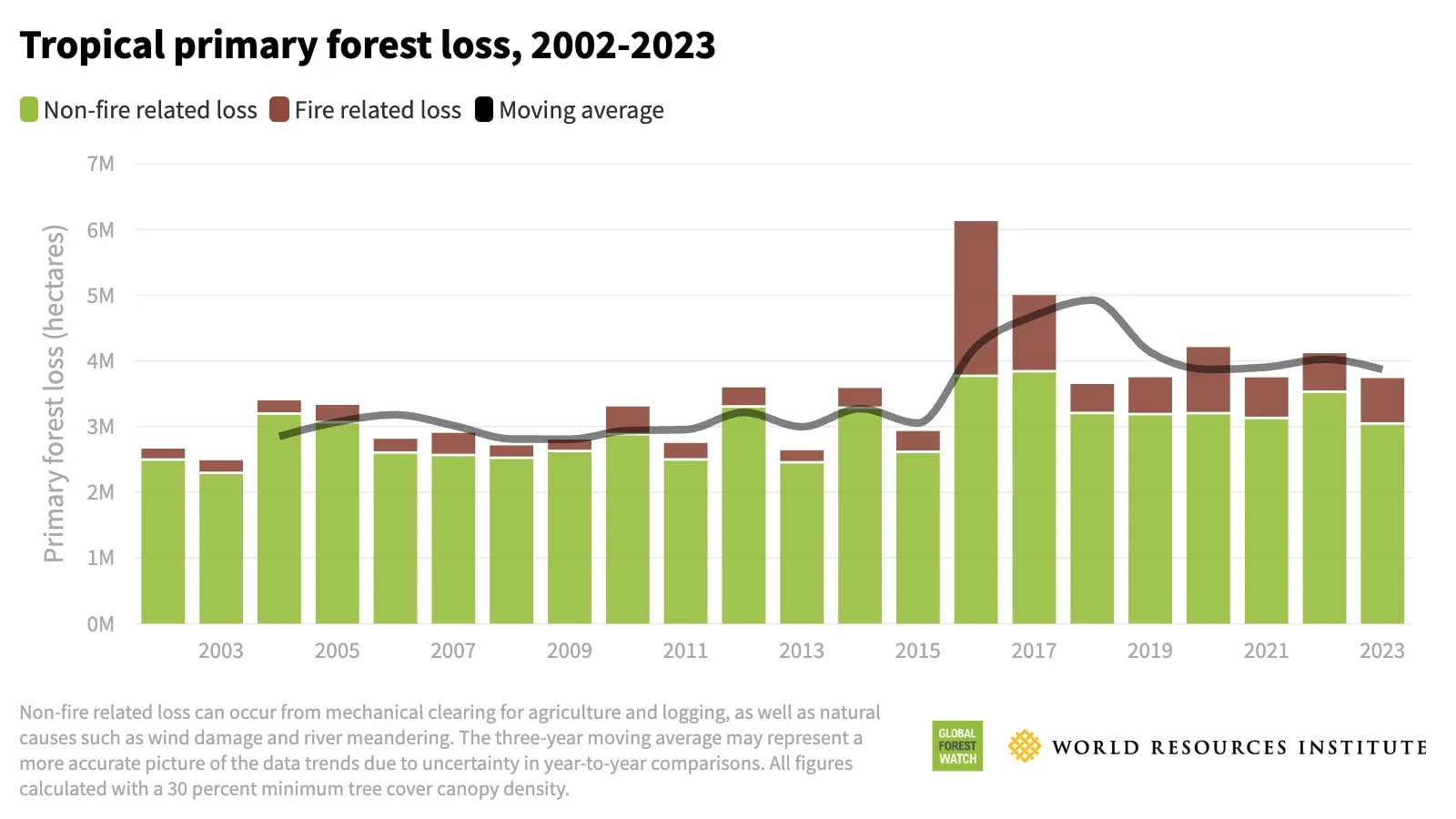
Reforestation success story
In the ‘80s and ‘90s, the Mirema Forest in Kenya was heavily logged for charcoal. To the point that in 2017, it was almost devoid of trees; a sad barren landscape. Then the local Community Forest Association (CFA) stepped in to lead a reforestation project, successfully planting more than 300,000 trees in just 5 years. The forest is now lush and thriving, playing a massive role in protecting the local communities from the impacts of recurrent flooding. By the summer of 2022, officials expected the entire forest to be restored by 2027.
Rewilding
Rewilding is another style of resurrection.
It’s about restoring natural habitats (like rainforests, coral reefs, and peatlands) and all the biodiversity that comes with them. Always, with minimal human intervention. Sometimes that means passively letting nature be and heal on its own. But it could also be reintroducing native animal species to restore ecological balance. Or removing manmade structures so that our furry, feathery, and finned friends can move around freely and natural processes can take place once again.
From the treetops to the forest floor and even the seabed, rewilding works across all levels. Projects are incredibly varied. Unlike reforestation’s hands-on approach, it allows regeneration to unfold on its own after initial intervention. Rewilding isn’t focused on reaching a predetermined scenario or hitting certain numbers. It lets nature take its course.
Where reforestation is seen as a straightforward answer to deforestation, rewilding addresses species extinction and damaged ecosystems as a whole.
You could say where rewilding leaves a brushtroke – rewilding aims to create more of a mosaic.
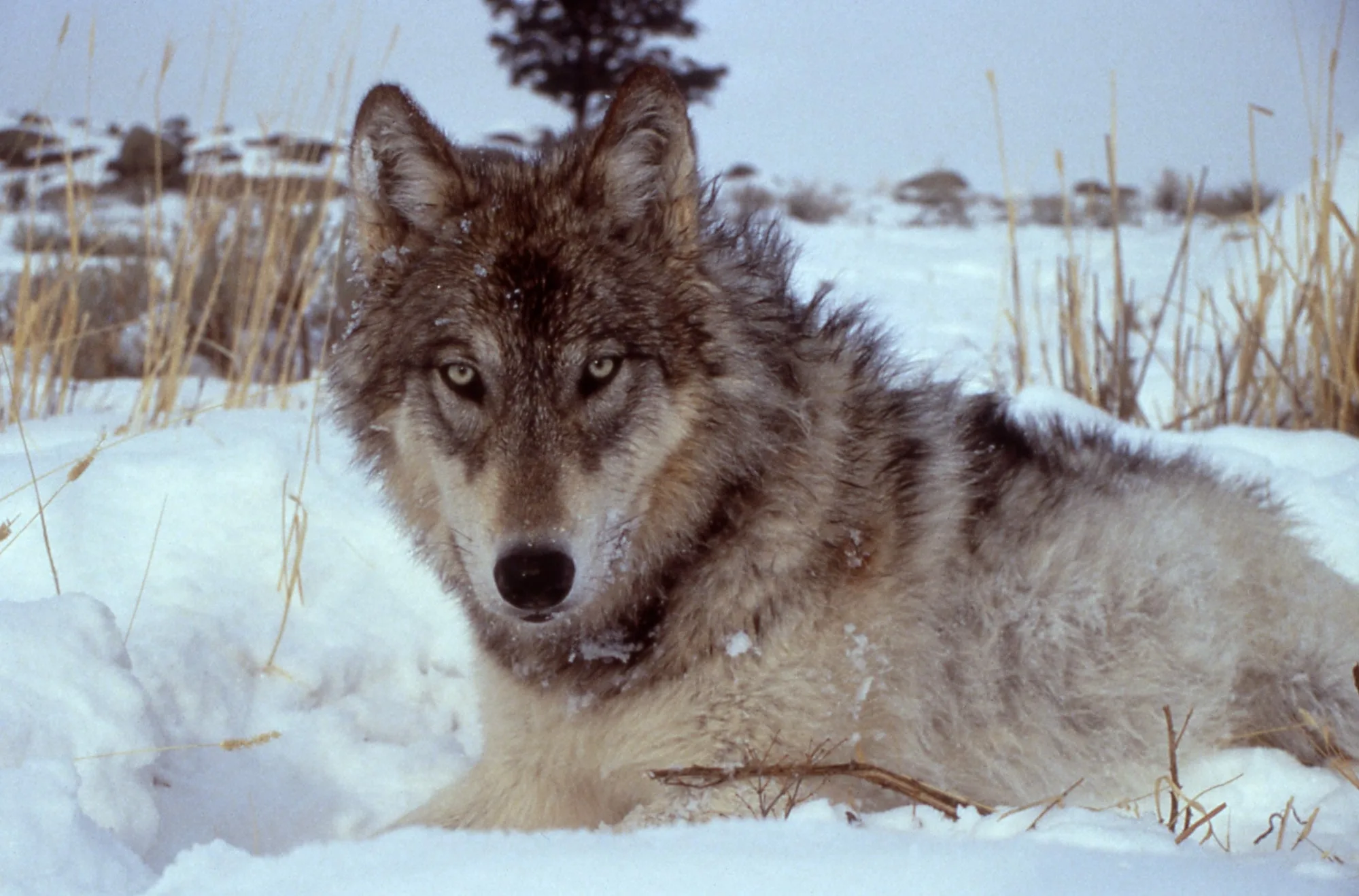
Rewilding success story
Between 1914 and 1926, 136 wolves were killed in Yellowstone National Park. That was before folk understood interconnectedness and the value of certain creatures in maintaining ecological harmony. With these predators gone, elk populations boomed, which led to overgrazing and environmental degradation. In 1995, gray wolves were reintroduced. This one action influenced soil health, plant growth, wildlife diversity, and even river flow, emphasizing the significance of keeping ecosystems intact. What more in the face of challenges like climate change and biodiversity loss.
Now that the concepts are a little clearer, let’s look at the pros and cons of each one.
Reforestation
Pros
- Can absorb CO2 from the atmosphere
- Can improve air quality and human health
- Empowers and unites local communities
- Potentially boosts local economies as an initiative in line with ecotourism, sustainably-made products, etc.
- Reverses deforestation loss because it increases forest cover
Cons
- If not done right, e.g. planting non-native trees, it’ll do more harm than good
- The simple planting of trees often doesn’t work, and swathes of trees can die
- Proper protective measures need to be in place to ensure longevity and impactful carbon absorption
- Historically misused by companies to offset emissions, without accomplishing real change to lower emissions
Rewilding
Pros
- Can absorb CO2 from the atmosphere
- Can improve societies’ relationship with nature where rewilding is done within or close to communities
- Improves ecosystem health
- Restores native biodiversity of a specific area
- Requires less direct human involvement
- Revives endangered or lost species
- Also leads to reforestation
Cons
- Can be challenging to monetize lands that are subject to rewilding
- Requires lots of expertise to carry out properly
- Typically requires more research and planning than reforestation
- Rewilding means different things to different people
So, which one is better?
Today, many argue that rewilding is superior. That tree planting isn’t necessary if you allow natural regeneration to take course. But here’s the thing: rewilding can only generate from what’s there to begin with. In other words, you need the flora (or their seeds) to be there (or nearby) in the first place.
While rewilding indeed provides countless benefits, it’s not always a pragmatic option. And with rapidly rising temperatures and deteriorating ecosystems, time is precious.
A combination of rewilding and reforestation is perhaps most ideal. Or at least, a rewilding approach that integrates reforestation.
See. It’s a trick question. One isn’t better than the other. They’re different, and both useful towards mitigating the impacts of climate change and biodiversity loss.
What we’re doing at Akepa and how you can help, too
Every month, we make a donation to support Mossy Earth’s international restoration projects. They’ve got a lot going on, covering both reforestation and rewilding. Here are a few that we’re proud to have helped: the reintroduction of the red kite bird in Spain, the saving of rare sea cliff plants in Portugal, and the restoration of aspen trees in Scotland.
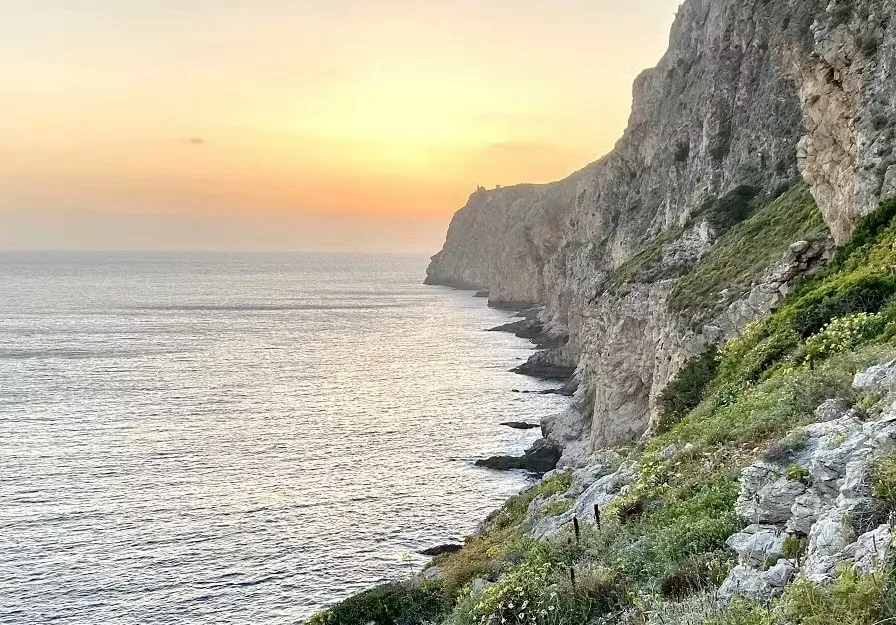
If that’s something you’d like to be a part of, find more information on their website. Mossy Earth is a subscription that’s open to all!
Wrapping it up
In the battle against climate change, rewilding and reforestation offer distinct strategies.
While rewilding restores ecosystems and biodiversity, reforestation quickly replenishes tree cover and reduces carbon emissions. Both are useful tools in the quest for a healing planet. It’s not just about renewable energy or reducing our carbon footprint; it’s about actions that benefit nature overall.
At Akepa, we’re huge believers in “walking the talk”, and our Mossy Earth membership is just one of many sustainability initiatives we’ve implemented. So head over to this page and see what else is going on.
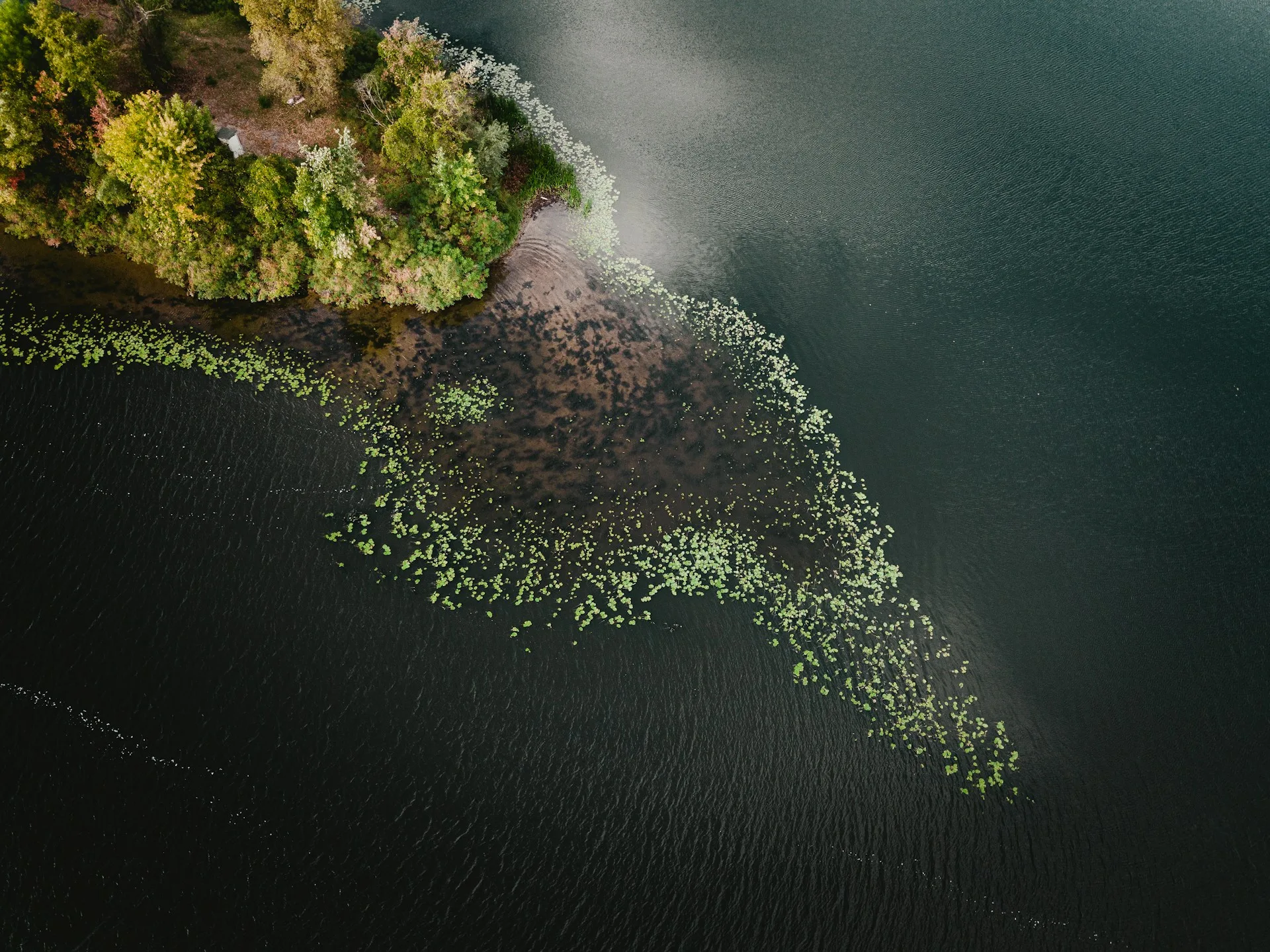
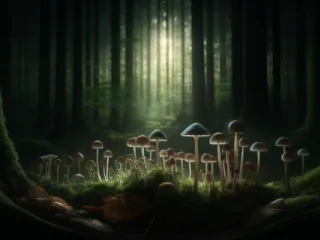

Leave a Reply